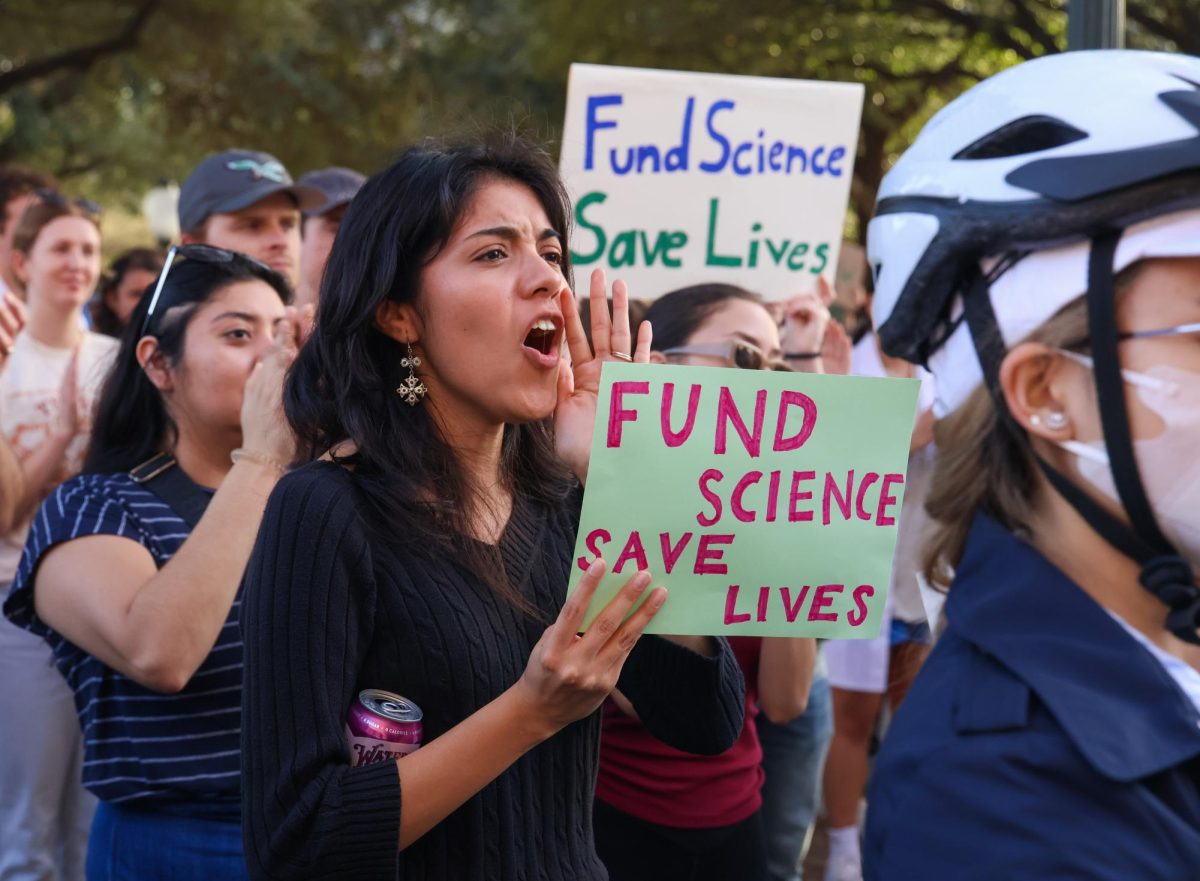Unemployed graduates may be better off staying in Austin after a new report shows the city is No. 1 in professional opportunities for young adults.
Business Journals, which oversees the Austin Business Journal and other publications around the country, gave Austin top marks in a number of criteria that showed a good job market for people in their 20s and 30s. Houston and Dallas-Fort Worth also made the list of top 10 cities, coming in at No. 2 and No. 5, respectively.
Austin offers various employment options for both men and women, along with a moderate cost of living according to the journal. Texas stood out because of strong growth rates and the range of young adults who are college-educated and employed, the report said.
Austin has a lower unemployment rate because it thrives on the “newness” of its economic base, which is less impacted by globalization or outflow of capital investment, said urban studies assistant professor Ipsita Chatterjee in an email. Austin and other cities in Texas fall within the model of a “new economy city,” meaning they are not based on manufacturing, Chatterjee said.
“Urban centers heavily dependent on manufacturing and/or finance have been more impacted by the economic crisis,” Chatterjee said. “However, Texas’ economy is fragile at the moment and the desire to promote a friendly and free business climate by depending largely on sales taxes is exposing the weakness of the economy.”
Lecturer Eliot Tretter from the Urban Studies program said even though the University and government have experienced cuts every year for the past few years, other sectors in the Austin economy are growing.
“Austin’s economy is more based on the government sector. We also have one of the highest sectors for biotechnology, computer technology and software manufacturing,” Tretter said. “In terms of creative capital, Austin ranks at the top. A lot of people are coming because of this growth and that includes parts of the music and architecture economy as well.”
Austin’s population is about 790,000, according to the 2010 census. Trettor said the population will double in the next 15 years based on growth in recent decades. The projected growth will cause the city to become more of a metropolitan region and bring more urbanization to Central Texas. However, opposing forces are increasing population sprawl in the region.
The Texas Workforce Commission added 14,100 jobs from April 2010 to this May, a 1.8 percent increase. Although there were new jobs in nearly every sector, government and education sectors had the lowest increase with 173,500 jobs, according to the Austin American-Statesman.
Laura Lambert, an English senior who will graduate in August, has started her job search. She has applied for several positions in AmeriCorps and got a few job offers, but she would rather find work in Austin.
“I’m hoping to teach high school for a year then go to graduate school, but Austin, as well as rest of the state, is cutting back on teaching jobs,” Lambert said.
Correction: Urban Studies Lecturer Eliot Tretter's name was initially mispelled as Eliot Trettor. 06/22/2011 1:13 p.m.
Printed on 06/23/2011 as: Austin leads in youth employement




















